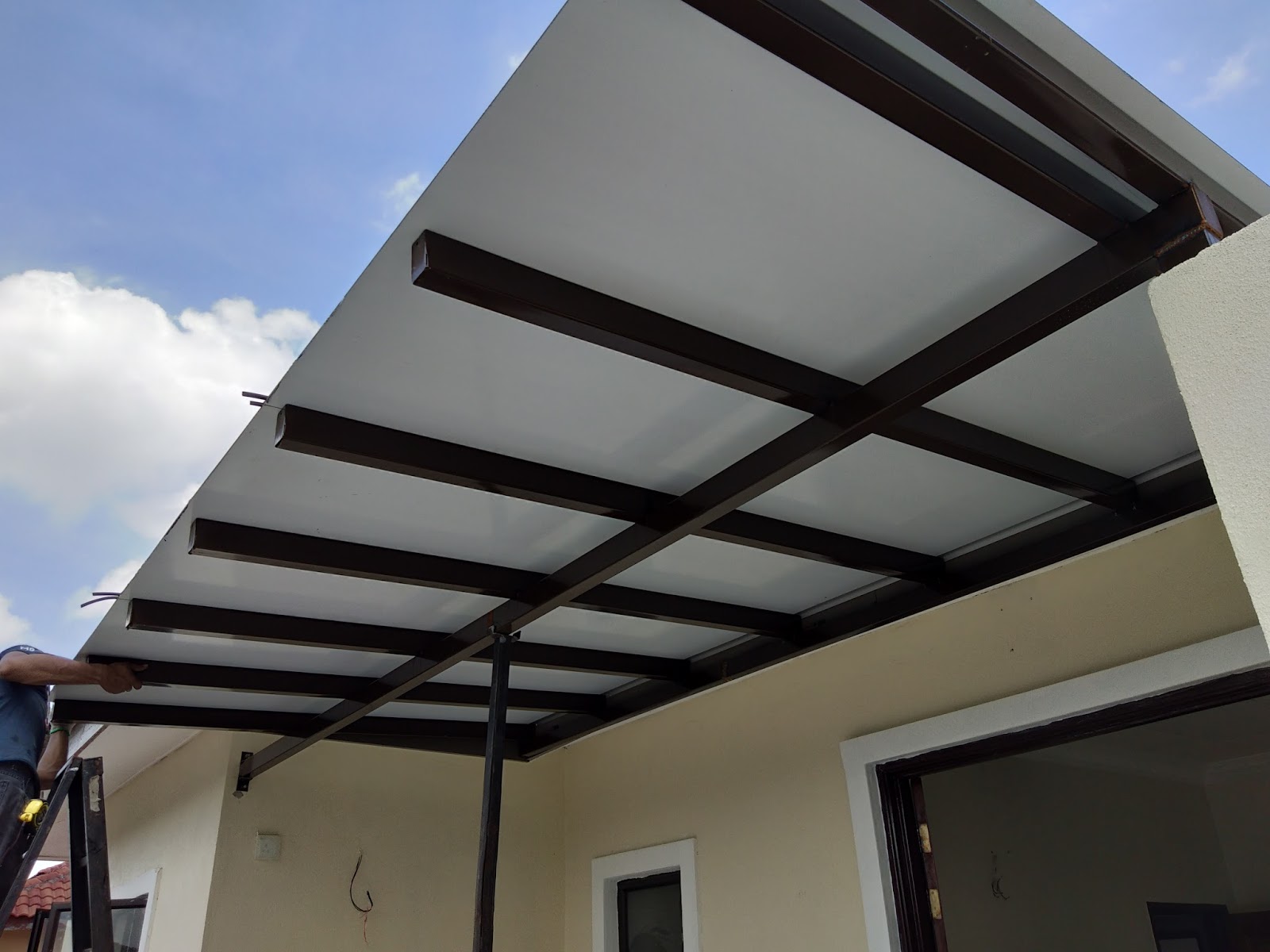Roofing is a crucial component of structure for a quantity of necessary causes:
Protection from the Elements: One of the primary features of a roof is to provide shelter and safety from environmental elements similar to rain, snow, wind, and excessive temperatures. It prevents water from coming into the constructing, which may cause structural injury, mould progress, and different issues.
Structural Integrity: Roofs play a vital role in sustaining the structural integrity of a constructing. They distribute the burden of the roof and any loads (e.g., snow) evenly to the walls and basis. A well-designed and properly constructed roof ensures the stability and safety of the whole construction.
Aesthetics and Design: Roofs are a visible and outstanding a half of a building's exterior. Architects use roof design to boost the overall aesthetics of a construction. The shape, materials, and elegance of the roof can contribute to the architectural character and appeal of a constructing.
Environmental Considerations: Sustainable structure locations an emphasis on power efficiency and environmental responsibility. Roofing materials and design can impact a building's power performance. For instance, cool roofs can reflect extra daylight and absorb less heat, decreasing cooling prices and concrete heat island effects.
Natural Lighting and Ventilation: Roof design can incorporate options like skylights, dormers, and roof vents to provide pure lighting and air flow within a constructing. This can improve indoor comfort and cut back the necessity for synthetic lighting and mechanical air flow.
Historical and Cultural Significance: In some architectural styles, similar to Gothic or Victorian, the roof is often a key factor that displays the historic and cultural context of a constructing. Roof details and shapes can tell a story about the period in which a construction was built.
Space Utilization: Roof design can create extra usable area within a building, similar to attic rooms, rooftop gardens, or outside residing areas. Architects often contemplate the way to maximize space and performance when designing roofs.
Energy Efficiency: Energy-efficient roofing materials and design can contribute to a building's overall power efficiency. Proper insulation and ventilation can help regulate indoor temperatures and cut back heating and cooling costs.
https://roofrestorationcampbelltown.com.au/aluminium-roofing/">Aluminium Roofing Campbelltown and Fire Resistance: Roofing supplies are chosen with safety in mind. Some materials, like fire-resistant roofing, might help prevent the unfold of fires in a constructing, offering valuable time for occupants to evacuate.

In abstract, roofing is a elementary aspect of structure that combines practical and aesthetic considerations. It not solely protects the inside of a building from the weather but additionally contributes to the general design, sustainability, and safety of a construction. Architects carefully contemplate roofing materials, shapes, and features to attain their design targets while making certain the comfort and well-being of building occupants..
